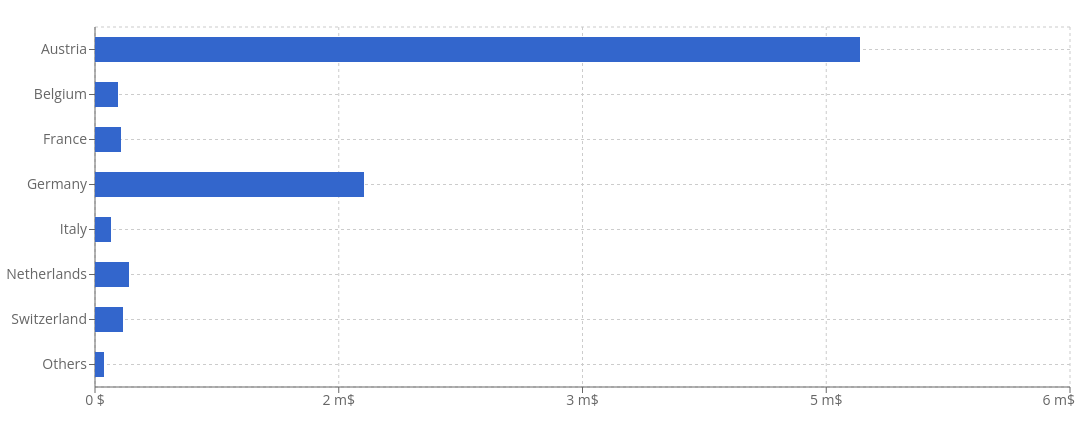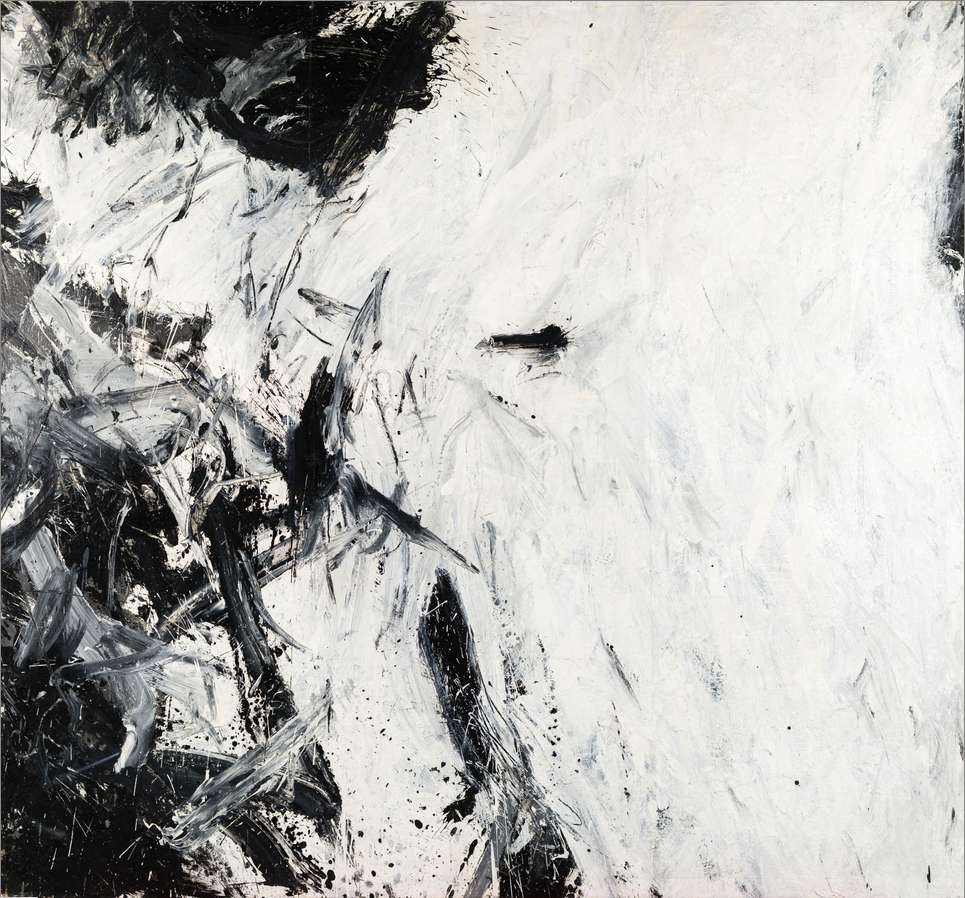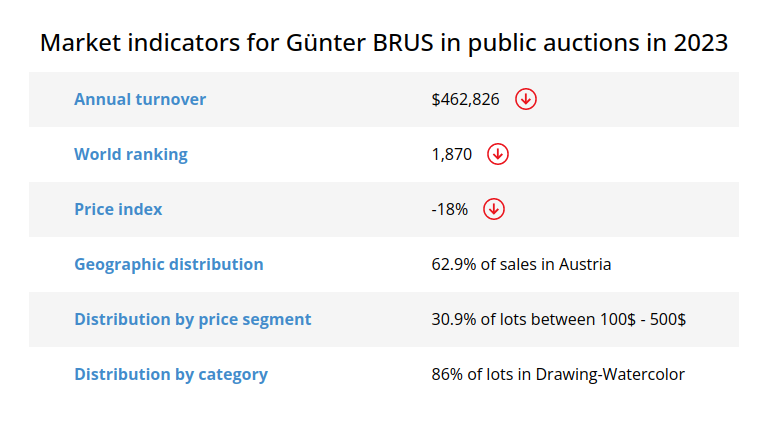Tribute to Günter Brus, last representative of Viennese Actionism, who has died at the age of 85
[20/02/2024]After the death of Hermann Nitsch in 2022, we have now also lost Günter Brus – the last representative of Viennese Actionism – who died on 10 February 2024 at the same time as a retrospective exhibition of his work celebrating his 85th birthday at the Günter Brus Museum (the ‘Bruseum’) in the eastern Austrian city of Graz. Roman Grabner, the museum’s director, said the artist is “certainly one of the few Austrian artists to have such international appeal.”
All of Günter BRUS’s performative work was linked to Nazi crimes and the repercussions of the Second World War, and he made no attempt whatsoever to mitigate the impact of his work which he saw both as work of pure memory and as a way of piercing the boil of the most tragic and atrocious events in the history of humanity. To do this, he invested his whole being and his body with the greatest degree of radicality. The ‘happenings’ staged by Günter Brus, like those of the three other Viennese Actionists, Otto Muehl, Hermann Nitsch and Rudolf Schwarzkogler, were electroshocks that deeply scandalized the public of the 1960s.
G. Brus: Geography of auction turnover (copyright Artrice.com)

An extraordinary journey
Brus was born in 1938, the year of the notorious Anschluss, a major stage of Hitler’s project of a Reich that would unify German-speaking countries and territories. The events of 1938 marked the culmination of pressure from Germany and the Austrian Nazis to bring the two populations together within the same nation. The first victim of Nazism, Austria ceased to be independent until 1945.
 In 1957, Brus moved to Vienna where he studied at the University of Applied Arts (Akademie für angewandte Kunst) which he left before passing his final exam. He quickly practiced informal art and developed gestural painting, influenced, among other things, by a fascination for music that he developed alongside the experimental musicians of the Vienna School. One of the paintings of this era – Untitled dispersal (Untitled, 1961. See image) – generated the artist’s auction record at $912,000 (the bidding for the work began at $91,000).
In 1957, Brus moved to Vienna where he studied at the University of Applied Arts (Akademie für angewandte Kunst) which he left before passing his final exam. He quickly practiced informal art and developed gestural painting, influenced, among other things, by a fascination for music that he developed alongside the experimental musicians of the Vienna School. One of the paintings of this era – Untitled dispersal (Untitled, 1961. See image) – generated the artist’s auction record at $912,000 (the bidding for the work began at $91,000).
The artist’s membership in Viennese Actionism (Aktionismus group or Wiener Aktionismus) began officially in 1962, with Otto Muehl, Hermann Nitsch and Rudolf Schwarzkogler. The Actionists were all war children disgusted by the lies and un-tried crimes under the surface of Post-War Austrian society.
As of 1964, Brus started producing Autopeintures – essentially paintings on his own body. His first performances (Actions) – which took place without an audience (just a few friends as witnesses) – were well documented (sketches, plans, etc.) and were both filmed and photographed. In fact, behind the apparent chaos of the ‘action’, nothing was left to chance. As regards his auction market, the photographs from his 1964 performances are the most sought-after and fetch the highest prices. In June 2023, one of them („Selbstbemalung II“, 1964, 35 copies) set a record for a photograph by the artist, when it sold for over $33,000.
As an extension of these performances, Brus exposed himself in the street entirely painted white with a black line separating his body in two: it was the era of his Viennese Promenades in the symbolic places of the Austrian capital. By occupying the public space in this way, he was arrested and fined by the police. Planned in advance, this reaction from the police was part of the performance. Four years later, his Actions became much more radical; it was no longer a question of painting his body but of using its substances: blood, urine, excrement, saliva, sweat and tears, in transgressive and obscene performances.
“My appearances aimed at a savagery of the self purified from the toxins of civilization” (G. Brus, comments collected by Catherine Grenier, 1993)
During the collective action Art and revolution (1968), Günter Brus drank his urine, covered his body with his excrement and masturbated while singing the Austrian national anthem. The performance earned him a six-month prison sentence for insulting state symbols and violating public morals, a sentence from which he escaped by fleeing to Berlin with his wife Anna and their daughter (1969). The Austrian state did not officially pardon him until 1976, transmuting his prison sentence into a fine.

His last performance took place in Munich in 1970 when slashed his skin with a razor blade. Some photographs showing the latest Actions from 1970 are occasionally sold at auction. The very latest one, Supplice (Zerreissprobe (Aktionsraum 1, 19 giugno 1970)), cost its buyer just $1,078 last December at a Studio d’arte Martini sale in Brescia, Italy. Brus subsequently devoted himself to drawings (accessible for under $10,000 at auction) and paintings, which he sometimes combined into picture-poems. He also made engravings and wrote a lot of controversial texts.
Gunther Brus will be remembered for creating new forms of art. He personified a subversive force, particularly regarding museum art, and he wanted to redefine the role of art in society.




 0
0
